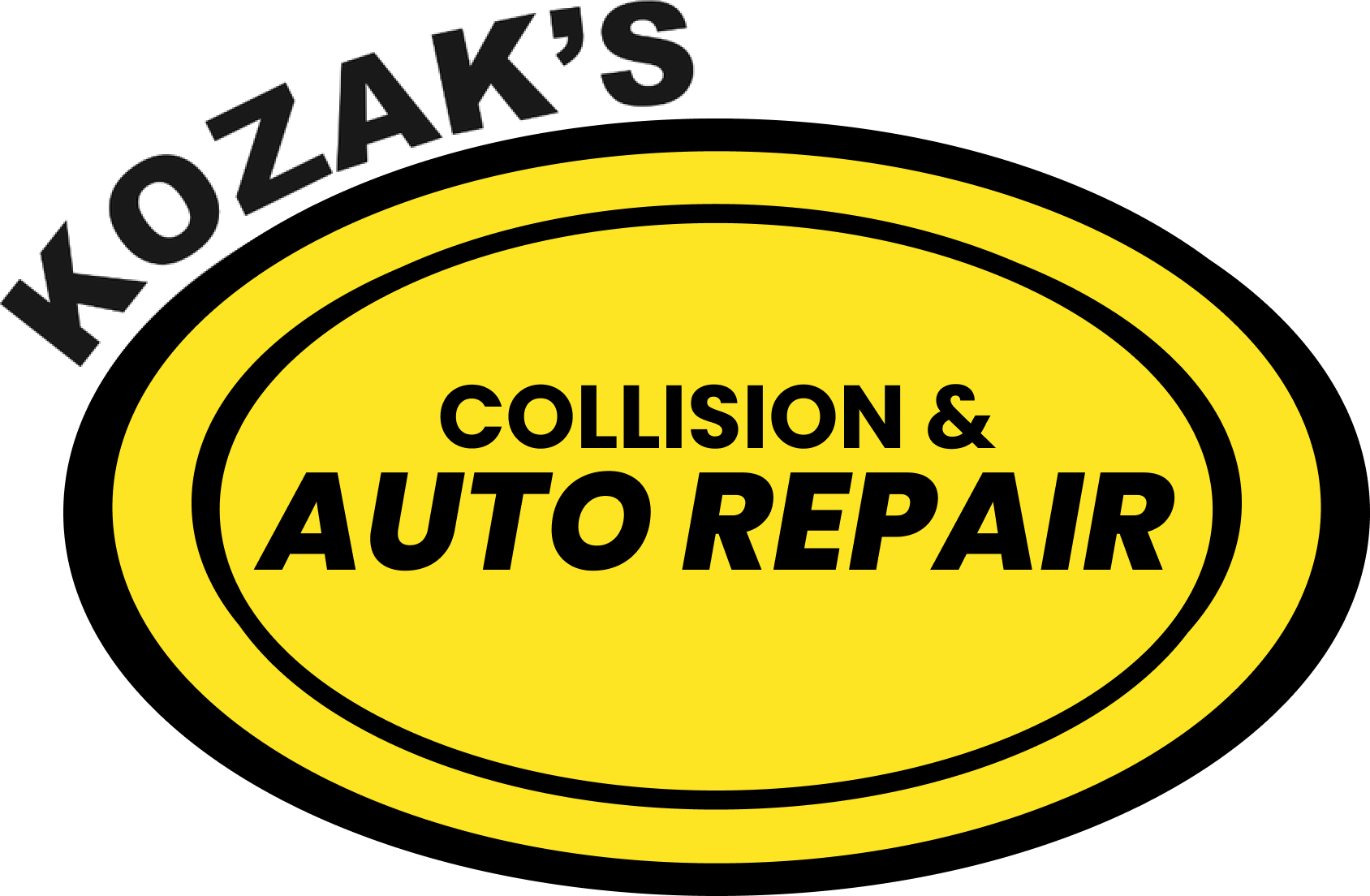As a vehicle owner in Warren, Michigan, it’s crucial to stay proactive about maintaining your car to ensure its longevity and performance. One significant component of your engine that requires regular attention is the timing belt. The timing belt plays a vital role in synchronizing the rotation of the crankshaft and camshaft in an internal combustion engine. When it fails, it can lead to severe engine damage and costly repairs. So, how do you know when it’s time to replace your engine’s timing belt? Here are some signs to watch out for:
1. High Mileage
Typically, manufacturers recommend replacing the timing belt between 60,000 to 100,000 miles, depending on the make and model of your vehicle. It’s essential to check your owner’s manual for the recommended replacement schedule and adhere to it. If your vehicle has surpassed the mileage threshold, it’s a good idea to proactively replace the timing belt to avoid any potential issues.
2. Visual Wear and Tear
Inspecting the condition of your timing belt visually can also give you clues about its health. Look for signs of fraying, cracking, or glazing on the belt. If you notice any of these issues during your inspection, it’s a clear indicator that your timing belt is due for a replacement.
3. Strange Engine Noises
A worn-out timing belt can produce unusual engine noises while the vehicle is running. If you hear high-pitched screeching or ticking sounds coming from the engine, it could be a sign that the timing belt is failing. Ignoring these noises can result in significant engine damage, so it’s crucial to address them promptly.
4. Engine Misfires
A malfunctioning timing belt can cause the engine to misfire or run unevenly. If you experience rough idling, vibrations, or a loss of power while driving, it could indicate a problem with the timing belt. Getting the belt replaced can restore your engine’s performance and prevent further damage.
5. Visible Oil Leaks
In some cases, a leaking timing belt cover can allow engine oil to seep onto the belt, causing it to deteriorate prematurely. If you notice oil leaks near the timing belt area, it’s essential to have the issue diagnosed by a professional mechanic. Addressing the leak and replacing the timing belt can prevent catastrophic engine failure.
6. Engine Stalling
A failing timing belt can also lead to engine stalling or refusing to start. If you experience difficulty starting your vehicle or it stalls unexpectedly, it’s crucial to have the timing belt inspected immediately. Ignoring these symptoms can result in extensive engine damage and costly repairs.
7. Overheating Engine
A slipping timing belt can throw off the engine’s timing and lead to overheating. If you notice your engine temperature gauge running higher than normal or frequent overheating issues, it’s a clear sign of a potential timing belt problem. Addressing this issue promptly can prevent serious engine damage.
Final Thoughts
By staying vigilant and addressing these warning signs promptly, you can avoid costly repairs and ensure the longevity of your engine. If you’re unsure about the condition of your timing belt, it’s best to consult a professional mechanic for a thorough inspection and replacement if necessary. Remember, the timing belt is a critical component of your engine, and neglecting its maintenance can have serious consequences.
